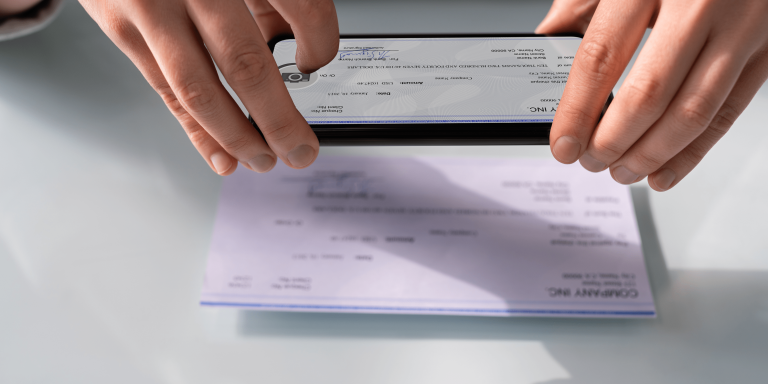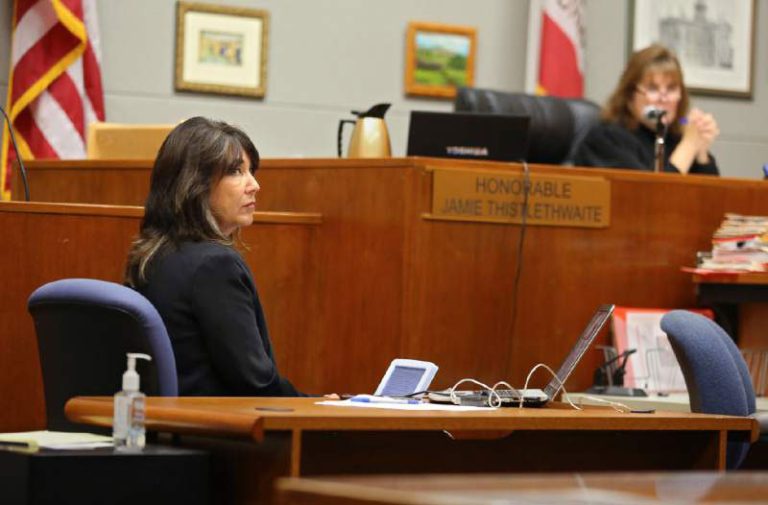Court reporting is a fascinating area where technology is changing judicial proceedings. Video conferencing is transforming court reporting in the digital age. Lawyers and witnesses can now join from around the world with a click, eliminating cramped courtrooms and tiresome note-taking.
Court reporters are leading the judicial video conferencing revolution. They must adjust their talents to capture every word and nuance online.
The Rise of Video Conferencing in Legal Proceedings
Video conferencing has transformed court proceedings in the digital age. Virtual video conferencing services allow attorneys, judges, witnesses, and court reporters to communicate remotely.
Video conferencing saves time and money in judicial proceedings. Attorneys can now attend hearings and trials remotely from their offices or homes. This cuts transit, lodging, and other costs.
Video conferencing also facilitates case-party collaboration. Live presentations allow attorneys to transmit papers electronically, reducing the need to print copies or transfer hefty files to courtrooms.
Video conferencing expands court reporter opportunities. Virtual courtroom sessions allow them to give real-time transcription services remotely. This boosts efficiency and customer base because they can work with attorneys from other jurisdictions remotely.
It’s crucial to recognize that court reporters encounter hurdles when going virtual. Poor internet connection or audio/video errors might disrupt proceedings and make transcriptions difficult.

Advantages of Video Conferencing for Court Reporting
With its many benefits, video conferencing has altered court reporting and the legal landscape. Access to justice is a major benefit. Video conferencing allows witnesses and experts to testify remotely, saving time and money.
Video conferencing streamlines the procedure, improving efficiency. While reading transcripts or clarifying testimony, attorneys can work with court reporters in real-time. Instant communication speeds up case preparation and eliminates scheduling delays.
Video conferencing preserves visual signals during depositions and hearings. Witness credibility and juror reactions depend on facial expressions, body language, and nonverbal clues. High-quality video feeds allow court reporters to precisely transcribe words and emotions that may affect a case’s result.
Video conferencing gives participants with physical limitations or other obstacles during court sessions more flexibility. Individuals with health or geographic issues can now participate in court processes without risking their health or traveling far.
Challenges Faced by Court Reporters in the Virtual Environment
As court hearings go online, court reporters face new hurdles. Despite technical issues, correct transcription is challenging. Internet connectivity, audio disturbances, and video lags might make it difficult to record every word.
Long virtual hearings can often make focus difficult. Court reporters may struggle to stay focused without participants in the courtroom.
Court reporters also struggle without nonverbal signals. They use facial expressions, gestures, and body language to identify speakers and responders in court. Video conferences often obscure these visual clues.
In remote sessions, handling several speakers during simultaneous dialogues is another challenge. Court reporters must quickly switch between audio sources and precisely transcribe each speaker’s words.
Tips for Successful Video Conference Court Reporting
1. Set Up and Test Equipment: Before the video conference, make sure your equipment works. Check your camera, microphone, and internet connection to avoid issues during the sessions.
2. Get to Know the program: Learn the video conferencing program. Learn how to share screens, annotate papers, and use other court reporting options.
3. Create a Professional Environment: Work in a quiet, distraction-free place. Lighting should be enough so participants can see you on camera. Be formal during virtual proceedings by dressing professionally.
4. Practice Active Listening: In a virtual setting, listen to every word people say. Focus on the conversation, take notes, and ask questions.
5. Use Court Reporting Software Shortcuts and Macros: Simplify testimony transcription and common phrase entry by using court reporting software or keyboard shortcuts.
6. Speak Clearly: Use your microphone to speak clearly so everyone can understand you.
7. Be Mindful of Non-Verbal Cues: Video conferences may not show body language as well as in-person meetings, but facial expressions and gestures can help transcribers understand.
8. Minimize Background Noise – Work in a calm location with minimal background noise.
Remember to regularly backup your files when working remotely at home, as hard drive crashes can occur more often than expected.
10. Follow Courtroom Etiquette – Maintain professionalism during virtual courtroom sessions by not interrupting participants and respectfully addressing judges and attorneys.

Future Implications and Opportunities for Court Reporting with Video Conferencing
Video conferencing will undoubtedly shape court reporting as technology advances. Court reporters have many consequences and opportunities with this virtual platform.
Legal proceedings may become more accessible. Video conferencing lets people from distant locations attend hearings and depositions. This reduces logistics and saves time and money.
Court reporting may become more efficient. Reporters can improve accuracy and efficiency with real-time captions and quick playback with video conferencing. Virtual proceedings can also be recorded for subsequent reference or transcription.
Video conferencing has several benefits. It allows court reporters to operate remotely from anywhere in the world. This flexibility lets companies serve clients outside local jurisdictions.
Online networks allow court reporters to share virtual reporting information and best practices. This collaboration can develop this field.
While fully incorporating video conferencing into court reporting may be difficult, its potential implications are exciting. Court reporters can improve their profession and justice access by adopting this technology-driven strategy.











